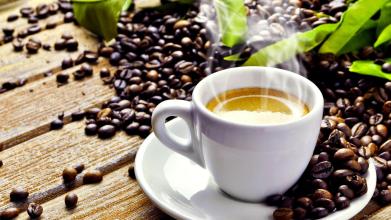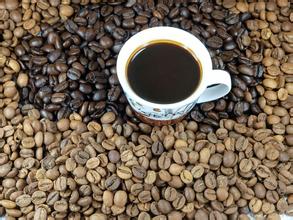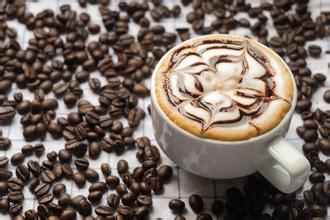Coffee treatment method sun and water washing honey treatment method
Skin/Pulp: the outermost layer of coffee beans is covered with berry-like skin and pulp. In addition to the natural sun method, coffee beans treated by other methods must remove the skin and flesh within a few hours after picking. Similar to the cherries we often eat, the difference is that when we eat cherries, we mainly eat the pulp and peel of berries. For coffee, peel and pulp are important by-products. In some places, people use the peel and pulp of coffee to make tea. People in the industry used to call the peel and pulp of coffee "Pulp". The machine used to remove the pulp is called the "desizing machine".
Mucous membrane (Mucilage): under the peel and pulp, a layer of sticky mucus tightly wraps the coffee beans. Because this mucous membrane is extremely sticky and high in sugar, it is used to call it "Honey". Not only coffee, but also many fruits have a layer of mucus inside. You can check the relevant information at http://en.wikipedia.org/wiki/Mucilage.
Parchment (Parchment): inside the mucous membrane, a thin film of cellulose wraps the coffee beans. After drying, the film looks like parchment, hence the name.
4 Silver skin (Silver Skin/Chaff): there is a thinner film inside the parchment that covers the coffee beans. Because the color is glossy and silvery, people used to call it "silver skin". This layer of silver will fall off during baking. Usually when you grind the coffee, you find some silver crumbs in the coffee powder. These crumbs are the silver skins that fail to peel off the coffee beans during baking.
5 Coffee beans: each fruit contains 2 coffee beans (except one pod, single bean Peaberry). The fruit of this kind of coffee contains only one coffee bean. Normally, 5% of each batch of coffee beans is a single pod. Coffee beans can be roasted after drying and processing.

Important Notice :
前街咖啡 FrontStreet Coffee has moved to new addredd:
FrontStreet Coffee Address: 315,Donghua East Road,GuangZhou
Tel:020 38364473
- Prev

Types of coffee trees where do the most important coffee beans in the world come from?
The first flowering period of the coffee tree is about three years old. the five-petal tube-shaped white flowers are filled with a faint scent of jasmine and the inflorescences are arranged in dense clusters. Flowers wither after two or three days of blooming and begin to bear fruit after a few months. The fruit is a drupe with a diameter of about 1.5 cm. It turns green at first, then turns yellow gradually, turns red when ripe, and is very similar to cherries.
- Next

Cultivation techniques of main Coffee varieties related to Coffee
As you explore the history and beauty of coffee, you can also see the coffee trees that are caressed by the tropical sun and whose leaves twinkle. It has a small white flower similar to jasmine, its fruit from green to yellow-green, and finally to red, coffee beans are the seeds in its fruit. Moreover, if you go to the coffee bean refinery, you can certainly see the red color called coffee cherry.
Related
- Does Rose Summer choose Blue, Green or Red? Detailed explanation of Rose Summer Coffee plots and Classification in Panamanian Jade Manor
- What is the difference between the origin, producing area, processing plant, cooperative and manor of coffee beans?
- How fine does the espresso powder fit? how to grind the espresso?
- Sca coffee roasting degree color card coffee roasting degree 8 roasting color values what do you mean?
- The practice of lattes: how to make lattes at home
- Introduction to Indonesian Fine Coffee beans-- Java Coffee producing area of Indonesian Arabica Coffee
- How much will the flavor of light and medium roasted rose summer be expressed? What baking level is rose summer suitable for?
- Introduction to the characteristics of washing, sun-drying or wet-planing coffee commonly used in Mantenin, Indonesia
- Price characteristics of Arabica Coffee Bean Starbucks introduction to Manning Coffee Bean Taste producing area Variety Manor
- What is the authentic Yega flavor? What are the flavor characteristics of the really excellent Yejasuffi coffee beans?

